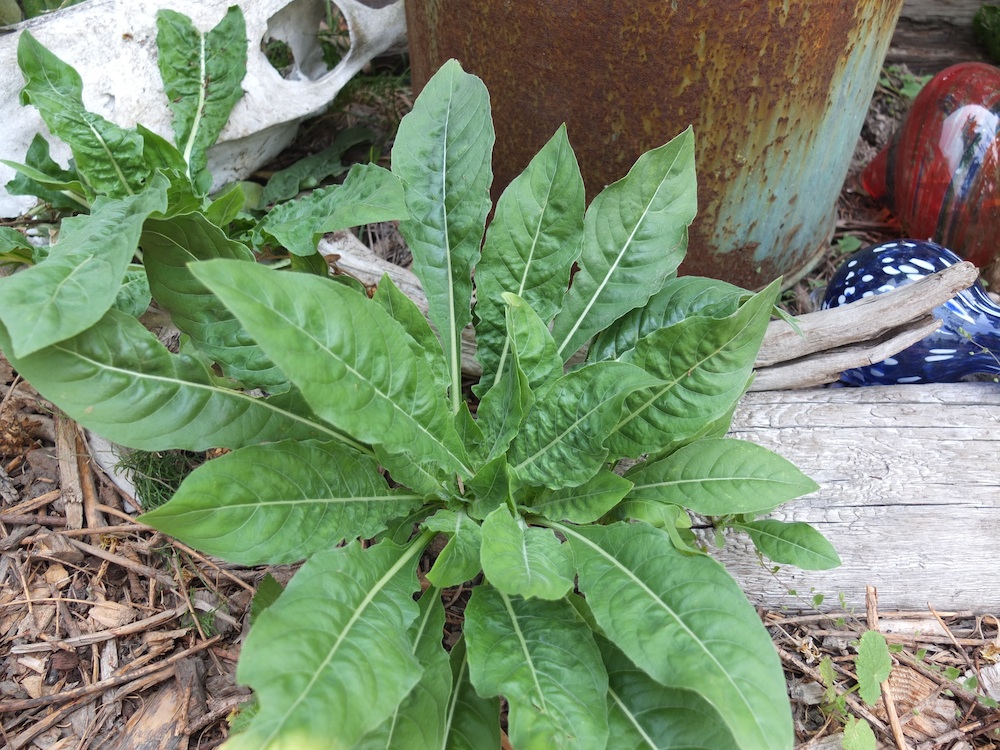Common Names
Evening Primrose
Botanical Name
Oenethera biennis
Plant Family
Onagraceae (Evening Primrose Family)
Native Range
Evening Primrose is a native wildflower of east and central North America. In Canada its native range is from Alberta east to Newfoundland.
Life Cycle
Biennial
Hardiness Zone
4-8
Habit
Evening Primrose grows to over 7ft height at times with large yellow flowers and decorative seed pods born in pairs and alternating up the stems. The plants have a biennial lifecycle, growing a basal rosette of leaves in the first year and then sending up multiple flowery stems in the second year. The flowers of Evening Primrose, as the name would suggest, open in the evening. They are heavily laden with pollen and are a favourite of our bee friends.
Sun/Soil
Full sun to part shade, tolerates pour soil and drought. The plants enjoy a habitat similar to the dry open meadows they are found in in the wild.
Germination/Sowing
Seeds can be direct sown in fall or spring, or started in flats indoors in spring.
Growing/Care
Evening Primrose are very drought tolerant and non-fussy plants, with a tendency to self-seed in the garden for successive blooms.
Harvesting
The leaves can be harvested in the first or second year as a pot herb, but are more medicinally potent when the plants are in bloom in the second year. The roots are dug in the autumn of the first year when they are still tender. The seeds can be easily poured out of the large seed capsules once they begin to dry and crack open.
Culinary Uses
Evening Primrose has many traditional indigenous uses as a food and medicine plant. The entire plant is edible including the roots, leaves, flowers, and seeds. The roots are roasted or boiled. They are said to have a spicy taste similar to a parsnip or rutabaga.
The leaves can be cooked as a braising green, much like spinach or kale, and the flowers can be added to salads. The green seed pods can also be cooked as a vegetable. The ripe seeds, high in protein and essential fatty acids, can also be used in baking much like poppy seeds.
Medicinal Uses
Traditionally the plants were considered to have antispasmodic and sedative effects, and a decoction or infused honey made from the roots or leaves is useful for sore throats, coughs, and other respiratory complaints. The roots can also be macerated and applied to sore muscles, bruises, and swelling to bring down inflammation.
Evening Primrose is most commonly known today for its use in the supplement industry. Many studies have shown the extracted seed oil to helpful at regulating prostaglandin production and liver function. The oil has a special affinity for the female reproductive system and is used for infertility, PMS, and to ease menopausal symptoms.
Themes
Woodland Garden, Apothecary Garden, Low Maintenance, Deer Resistant, Attracts Pollinators, Container Garden, Wild Foods.




